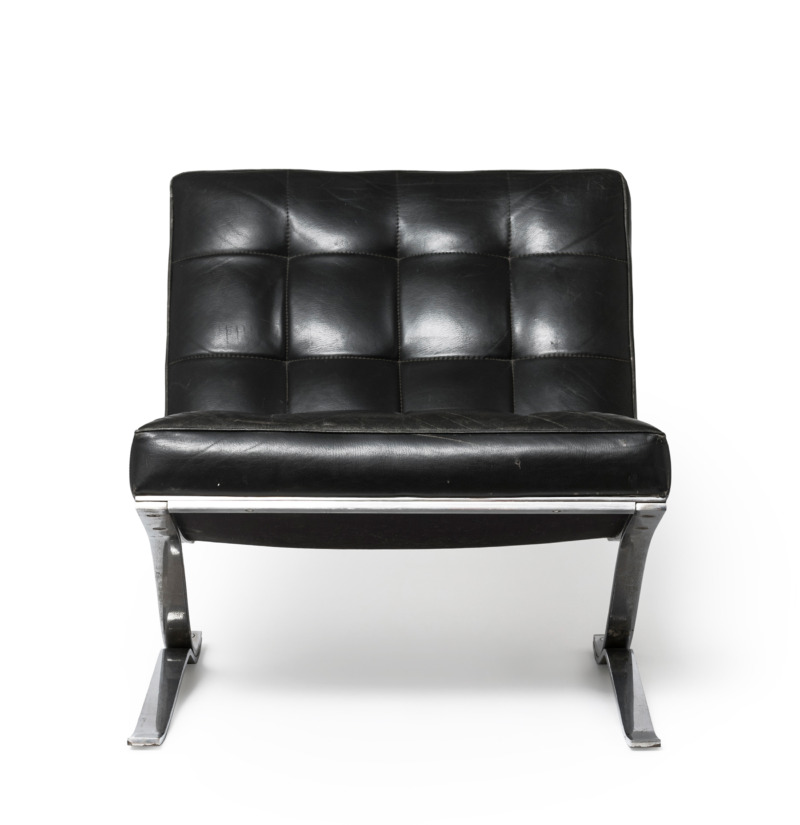This simple, cube-shaped package contained beef stock produced by the Liebig brand.
The packaging is part of our new app route „The World in Your Shopping Basket“. This themed tour explores the ways in which globalisation is reflected in product packaging from 1900 to the present day. What ideas about the world do these images create and communicate?
This product packaging can be used to illustrate how widespread global trade was around 1900. The packaging itself does not reflect product’s South American origins or the colonial violence carried out there.
Europe’s colonisation of large areas of the world was primarily in pursuit of economic interests. In order to generate wealth and prosperity for Europe, the colonial powers forcibly exploited both the workers and raw materials of their colonised territories.
In Uruguay, German immigrants took over fertile land to farm huge herds of cattle. However, the meat of the animals could not be exported to Europe and sold there due to a lack of adequate refrigeration facilities. In response to this, an engineer named Georg Christian Giebert joined forces with the company founder Justus Liebig in order to turn meat into easily transportable meat extract.
During his research, the Darmstadt chemist Justus Liebig had discovered that hot water could be used to separate nutrients and flavours from meat. This process is called extraction. From 1871 onwards, this technique enabled Liebig and Giebert to ship over 400 tonnes of meat extract per year from the port of Fray Bentos to Europe.Liebig’s meat extract illustrates that global exchange – but also colonial exploitation – has always been largely driven by consumption. For the consumer themselves, this is often not evident on the packaging of the product.
The app route “The World in Your Shopping Basket” can be explored at the Werkbundarchiv – Museum der Dinge

